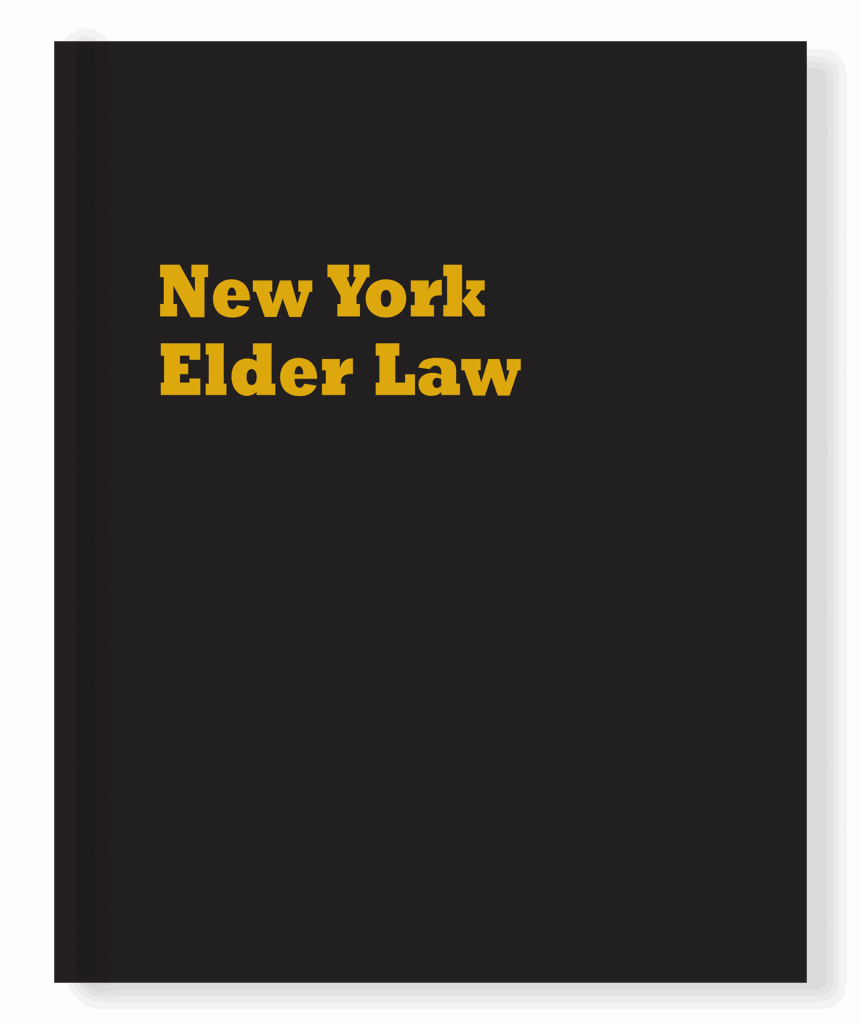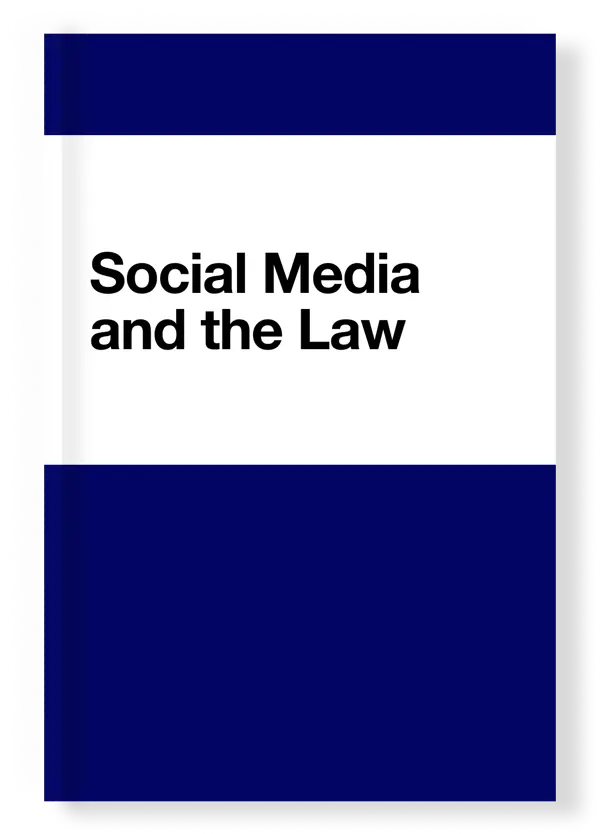
Fragomen on Immigration Fundamentals: A Guide to Law and Practice (Fifth Edition) provides readers with in-depth coverage relating to the rules, policies, and procedures of immigration law in the United States. This treatise features guidance for both general practitioners and seasoned immigration attorneys, supplemented with legal analysis of recent cases, policies, and rules.
Highlights include:
- Chapter 1, The Basic Immigration Structure, covers a range of recent executive actions that the Trump administration has issued to address border security (Section 1:3.6)
- Chapter 2, Employment-Based Immigration, includes an update on the June 2025 proclamation limiting visa and travel restrictions for the nationals of nineteen countries (Section 2:10.5[D][6])
- Chapter 3, Family-Sponsored Immigration, provides an update regarding the USCIS’s decision to return to an earlier policy determining children’s age-out protections (Section 3:3.4[A])
- Chapter 5, Nonimmigrants, features the June 2025 State Department cable requiring enhanced screening and vetting of social media for visa applicants of F and M students, as well as J exchange visitors. It also covers ICE’s termination of SEVIS records for thousands of students during the spring of 2025 (Section 5:1.2[D] and 5:8.4[D])
- Chapter 12, Citizenship, details the Supreme Court’s recent partial stay of 3 district court nationwide injunctions which blocked implementation of an executive order that limits birthright citizenship for certain children born in the United States after February 19, 2025. This chapter also covers the Court’s ruling on the legality of nationwide injunctions in general. (Section 12:2.1[C])
Order a print copy today.








